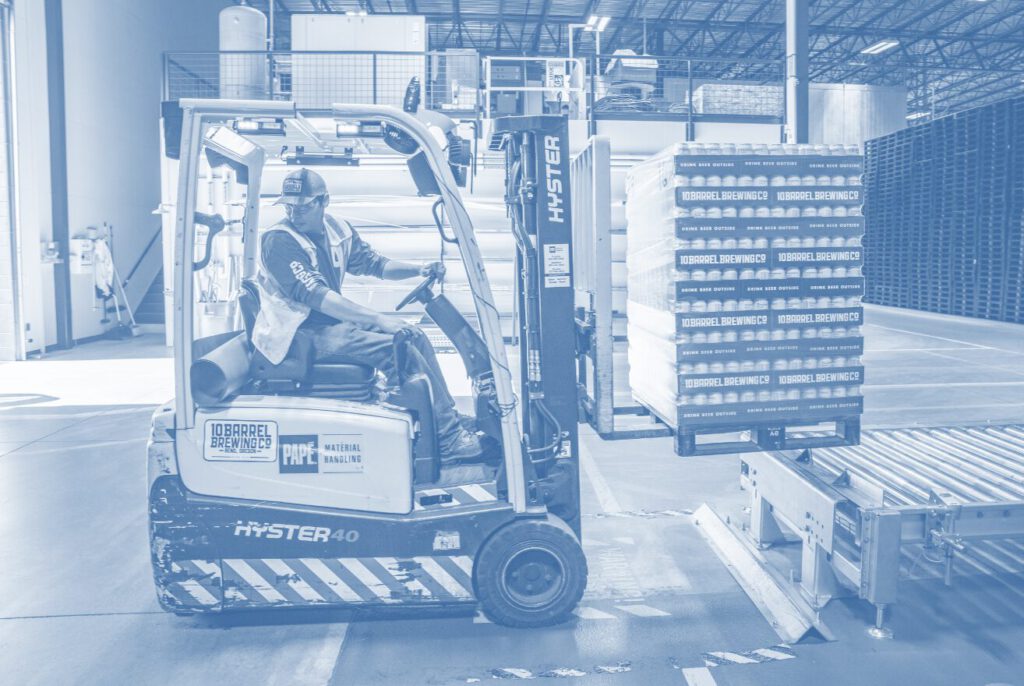- Marschweg 95, 26131 Oldenburg
- info@bvise.de
Menu

EWM service order integration within an SAP S/4HANA conversion is an important process for efficiently linking service processes with warehouse management. Service orders from SAP S/4HANA Service (formerly CS – Customer Service) or SAP Field Service Management (FSM) are integrated with warehouse logistics in SAP EWM.
The aim of the integration is to automatically provide materials directly from the warehouse. Inventory management is efficient and all processes are automated. Only a few manual interventions are necessary. Service orders are seamlessly synchronized and managed in real time.
Greater efficiency thanks to automatic material provision
Better inventory control through real-time updating
Reduced error rate by avoiding manual bookings
Optimized service processes for faster processing of customer inquiries
Compared to ECC with WM or without a dedicated warehouse management system, EWM service order integration has advantages in several areas, particularly in terms of technology, process automation and depth of integration.
Modulares System oder als eigenständige Lösung
limitierte Funktionen zur Bestandsführung
keine Echtzeit Synchronisation zwischen Serviceaufträgen und Lagerbestand. Buchung des Materialverbrauchs oft erst nachträglich
Aufträge manuell oder auf Basis von Reservierungen oder separaten Buchungen
Embedded oder dezentrale Lösung
Classic Solution
Intelligent Service Order Integration
Does all this sound like it’s exactly what you’re missing? Then contact us and we’ll take a look together at how we can help you further optimize your processes!